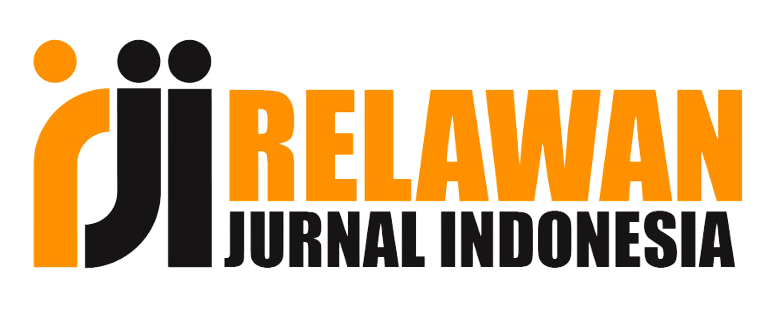A ANALISIS TINGKAT PRODUKSI DAN KELAYAKAN USAHATANI BUAH MELON, TOMAT CHERRY, DAN STROBERI DENGAN SISTEM HIDROPONIK STUDI KASUS DI P4S HIKMAH FARM KECAMATAN PARE, KABUPATEN KEDIRI
ANALISIS TINGKAT PRODUKSI DAN KELAYAKAN USAHATANI BUAH MELON, TOMAT CHERRY, DAN STROBERI DENGAN SISTEM HIDROPONIK STUDI KASUS DI P4S HIKMAH FARM KECAMATAN PARE, KABUPATEN KEDIRI
DOI:
https://doi.org/10.33061/innofarm.v23i2.6020Keywords:
Hydroponics, Melon, Strawberry, Cherry Tomato, Production, R/C ratio,Abstract
During the Covid-19 pandemic, cultivation with a hydroponic system began to be popular with the wider community. Vegetable and fruit commodities are widely cultivated with a hydroponic system because it is easy، practical, and fast. The research location of the this study is the Pusat Pelatihan Pertanian dan Pedesaan Swadaya (P4S) Hikmah Farm. The research was conducted in June-July 2021. We have used different data analysis methods in this research, namely cost analysis, revenue analysis, profit analysis, and R/C ratio analysis. The results showed that the production of melons was 211 items; cherry tomatoes as much as 238 kg; and 180 kg of strawberries with 132 planting holes. From these production results, the R/C ratio of melon farming was 2.8; cherry tomatoes 2.0; and strawberries 1,2. This shows that the farming is feasible to run because it has a value >1. The prospects for the development of the three fruit farms are quite good because they have several advantages, namely uniform size, fresh fruit, and good taste so that consumers are interested.
Downloads
Published
Issue
Section
License
Copyright (c) 2021 Vifi Nurul Choirina, Heru Setiyadi, Sella Fernanda Ohoitimur, Muhammad Warisatul Ambiya

This work is licensed under a Creative Commons Attribution-NonCommercial 4.0 International License.
Authors who publish this journal agree to the following terms:
- Authors retain copyright and grant the journal right of first publication with the work simultaneously licensed under a Creative Commons Attribution License that allows others to share the work with an acknowledgement of the work's authorship and initial publication in this journal.
- Authors can separately make additional contractual arrangements for non-exclusive distribution published by the journal (e.g., publish it in a book), with an acknowledgement of its initial publication in this journal.
- Authors are allowed and encouraged to send their work via online (e.g., in the institutional repositories or their website) after published by the journal.


















